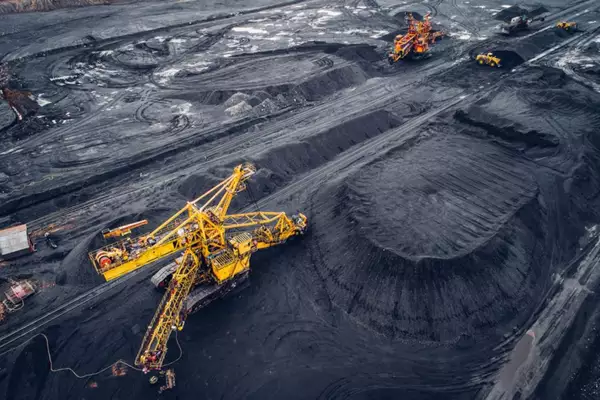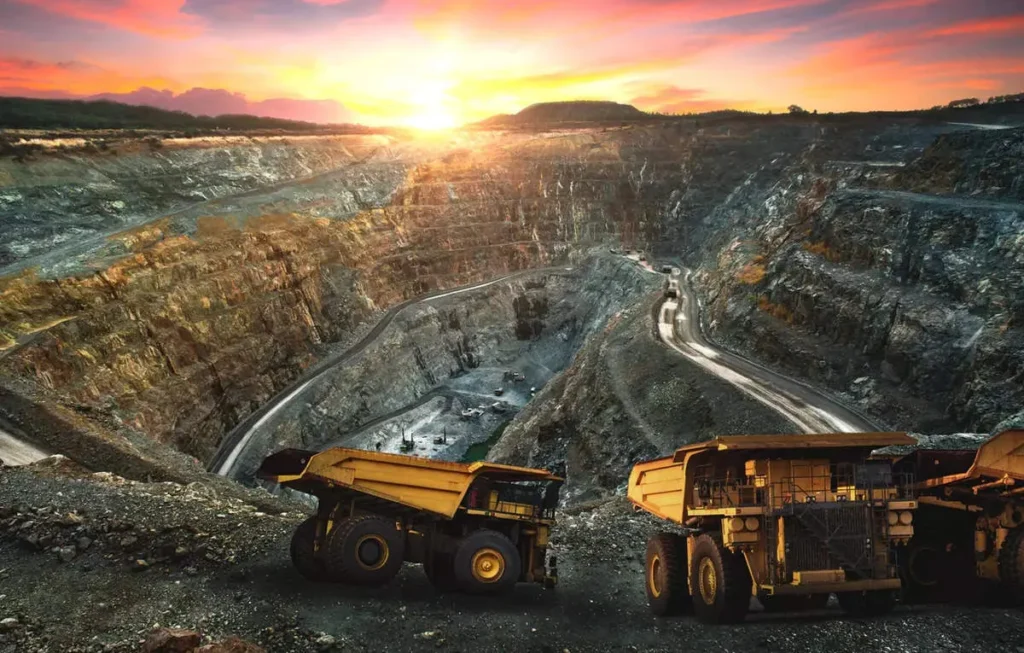Recently, the ministry of mines unveils the NGDR–National Geoscience Data Repository Portal.
- The Ministry of Mines conceptualized NGDR as part of NMEP 2016, assigning GSI the responsibility to establish this digital geospatial platform.
About NGDR-National Geoscience Data Repository Portal:
- The National Geoscience Data Repository (NGDR) is established as a part of the National Mineral Exploration Policy, 2016, by the Geological Survey of India (GSI) and Bhaskarachaya Institute of Space Applications and Geoinformatics (BISAG-N).
- NGDR hosts all baseline and exploration-related geoscientific data in a single GIS platform, to expedite, enhance and facilitate the exploration coverage of the country.
- This will include baseline geoscience data and all mineral exploration information generated by various central and state government agencies and mineral concession holders.
- It aims at democratizing critical geoscience data, empowering stakeholders across industries and academia with access to invaluable resources.
- Currently, 35 map services are incorporated in the NGDR portal, covering geological, geochemical, and geophysical aspects, enhancing the understanding of potential mineral zones.
- Users, upon registration, can view, download, and interpret the geoscientific data available on the NGDR portal.
- NGDR’s overarching goal is to increase the investment attractiveness of India’s mining sector by providing open access to geological, geochemical, and mineral exploration data on a digital geospatial platform.
Key Features:
- Centralized Access: Provides a centralized repository of diverse geoscience datasets, including geological maps, mineral resources, seismic data, and environmental information.
- User-Friendly Interface: An intuitive interface designed to cater to a wide range of users, enabling seamless navigation and exploration of data.
- MERT template: The Mineral Exploration Reporting Template facilitates all the geoscientific stakeholders to submit their data in the NGDR portal in a standard reporting template.
- Analytical Tools: Equipped with state-of-the-art analytical tools to interpret and extract valuable insights from complex geospatial data.
- Open Access: Encourages transparency and knowledge sharing by offering open access to a wealth of geoscience information.
Accessibility:
- NGDR portal, accessible at https://geodataindia.gov.in, allows global viewing, downloading, and interpretation of geoscientific data, attracting international mining companies and fostering technological advancements in mineral exploration.
- By establishing a state-of-the-art, user-friendly, and interoperable platform, India joins other mineral-rich countries globally that prioritize the accessibility of geoscientific data for successful mineral exploration programs.
National Mineral Exploration Policy, 2016:
- The National Mineral Exploration Policy (NMEP) aims to accelerate exploration activities in India, encouraging private sector participation to uncover and maximize the nation’s non-fuel and non-coal mineral potential.
- Policy Emphasis:
- Comprehensive mineral exploration.
- Making available baseline geoscientific data of world standards in the public domain.
- Public-private partnership for quality research.
- Special initiatives for searching deep-seated and concealed deposits.
- Quick aerogeophysical surveys of the country.
- Creation of a dedicated geoscience database.
Key features:
- Auctioning of Exploration Blocks: The Ministry of Mines will carry out auctioning of identified exploration blocks for exploration by private sector on revenue sharing basis in case their exploration leads to auctionable resources.
- Successful bidders bear the revenue for auctionable blocks.
- Exploration Expenditure Reimbursement: If explorer agencies find no auctionable resources, their exploration expenditure will be reimbursed on a normative cost basis.
- Baseline Geoscientific Data: Creation of baseline geoscientific data for open dissemination free of charge.
- National Aerogeophysical Program: Government will carry out a National Aerogeophysical Program for acquiring state-of-the-art baseline data for targeting concealed mineral deposits.
- National Geoscientific Data Repository: A Data Repository is proposed to be set up to collate all baseline and mineral exploration information generated by various central & state government agencies and also mineral concession holders and to maintain these on geospatial database.
- National Centre for Mineral Targeting (NCMT): Proposal to establish a not-for-profit autonomous institution for scientific and technological research in collaboration with scientific, research bodies, universities, and industry.
- Private Investment Incentives: Provisions for inviting private investment in exploration through attractive revenue-sharing models.
- Special Initiative for Deep-Seated Deposits: Launch of a special initiative in collaboration with National Geophysical Research Institute, proposed NCMT, and Geoscience Australia to probe deep-seated/concealed mineral deposits.
Ref: Source
| UPSC IAS Preparation Resources | |
| Current Affairs Analysis | Topperspedia |
| GS Shots | Simply Explained |
| Daily Flash Cards | Daily Quiz |



